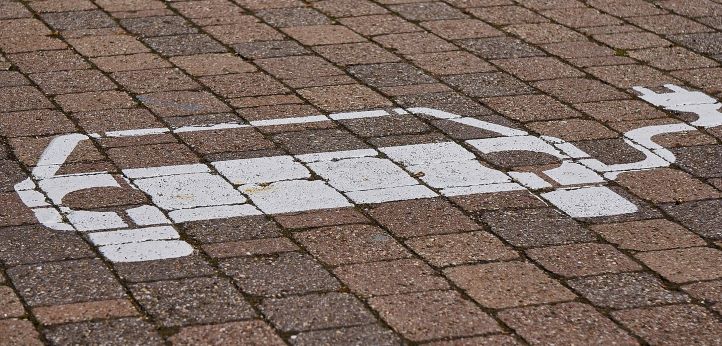VDIK: 2022 will be a decisive year for alternative drives

At the beginning of the new year, there are numerous political decisions to be made that are of decisive importance for the continued success of alternative drives in Germany. Reinhard Zirpel, President of the Association of International Motor Vehicle Manufacturers, commented: “Now that electric cars have achieved a market breakthrough, it is important to continue this positive trend. To this end, the new traffic light government must set an important course in the first half of the year. The electric car purchase incentive and the expansion of the charging infrastructure are the most important levers.”
Following the extension of the purchase bonus for electric cars by German Economics Minister Robert Habeck until the end of 2022, new regulations are due to be introduced from 2023. According to the coalition agreement, the so-called environmental bonus is to be further developed on a degressive basis. Zirpel emphasized: “We expressly warn against a too strong meltdown of the purchase bonus in the coming years. Instead, the German government should consider continuing the environmental bonus beyond 2025. After all, the traffic light government has set itself a very ambitious target of 15 million electric cars by 2030. To achieve this, the subsidy must fit.” The reform of the electric car purchase subsidy should focus on reducing bureaucracy. Depending on the purchase price, drive type and lease term, there are currently 16 different subsidy rates for the environmental bonus. For plug-in hybrids, the traffic lights are planning further tightening, namely proof of the electric driving share. Zirpel continues, “If the subsidy becomes more and more complicated and many car buyers no longer understand it, then fewer electric cars will get on the roads. That would be bad for the climate. Keep it simple, that must be the motto for reform.”
The development of the charging and refueling infrastructure for vehicles with alternative drives is the next construction site for 2022. In Germany, much has already been set in motion here. The coalition agreement of the traffic lights also points in the right direction. However, Zirpel emphasized, “Germany can no longer afford delays and frictional losses in the development of the charging infrastructure. Over 90 percent of the charging infrastructure needed by 2030 has yet to be built. The challenge is to operate charging columns economically. We therefore see a need for funding of several billion euros per year in the coming years.”
For the automotive year 2022, the Association of International Motor Vehicle Manufacturers anticipates a new registration volume of around 3 million passenger cars. That would be an increase of 15 percent. In 2021, the passenger car market had unexpectedly slumped further to just 2.6 million new vehicles, around one million fewer than in the pre-crisis year 2019. The VDIK also expects around 850,000 new electric vehicle registrations in Germany in the new year. The stock of electric cars could grow to over two million by the end of 2022.